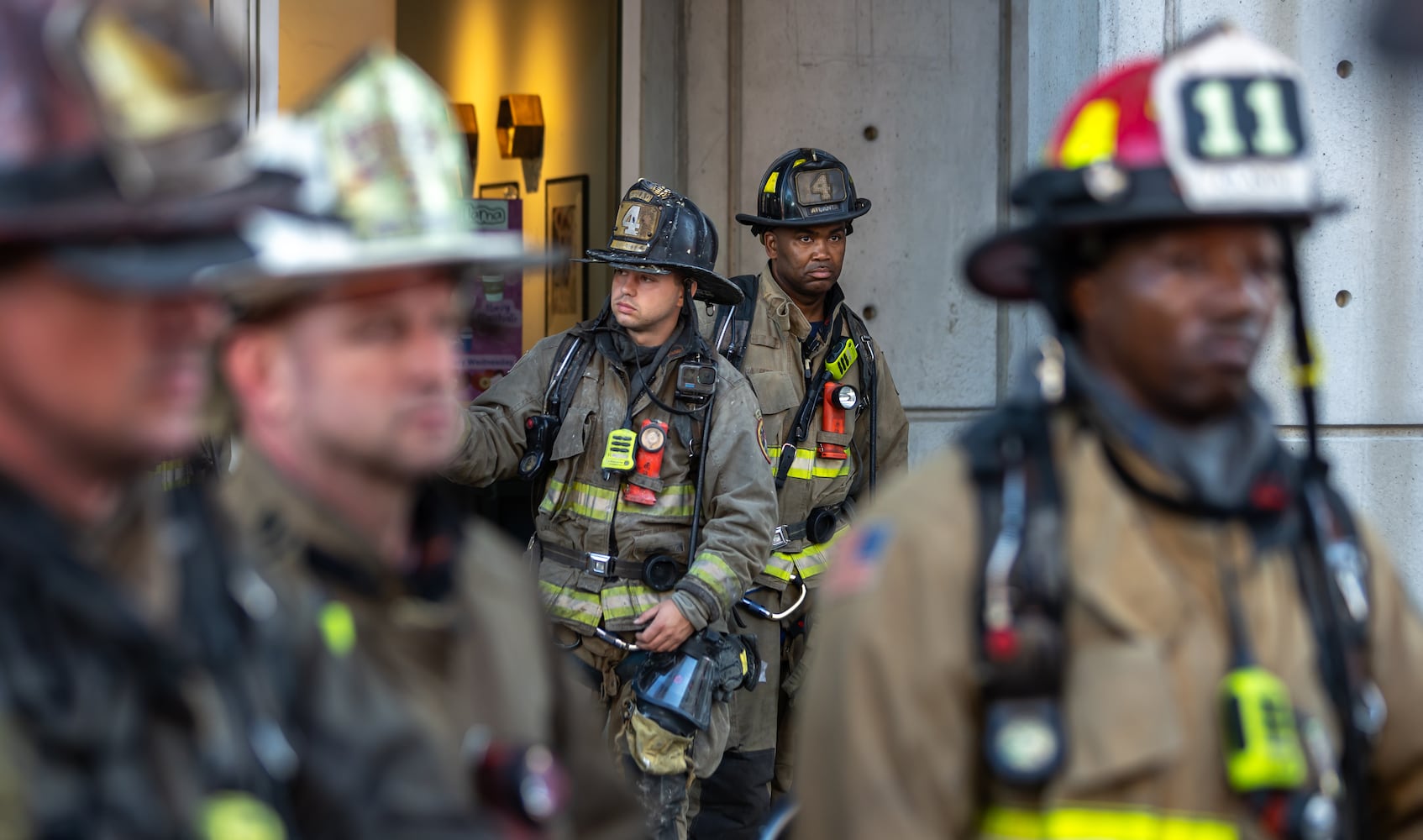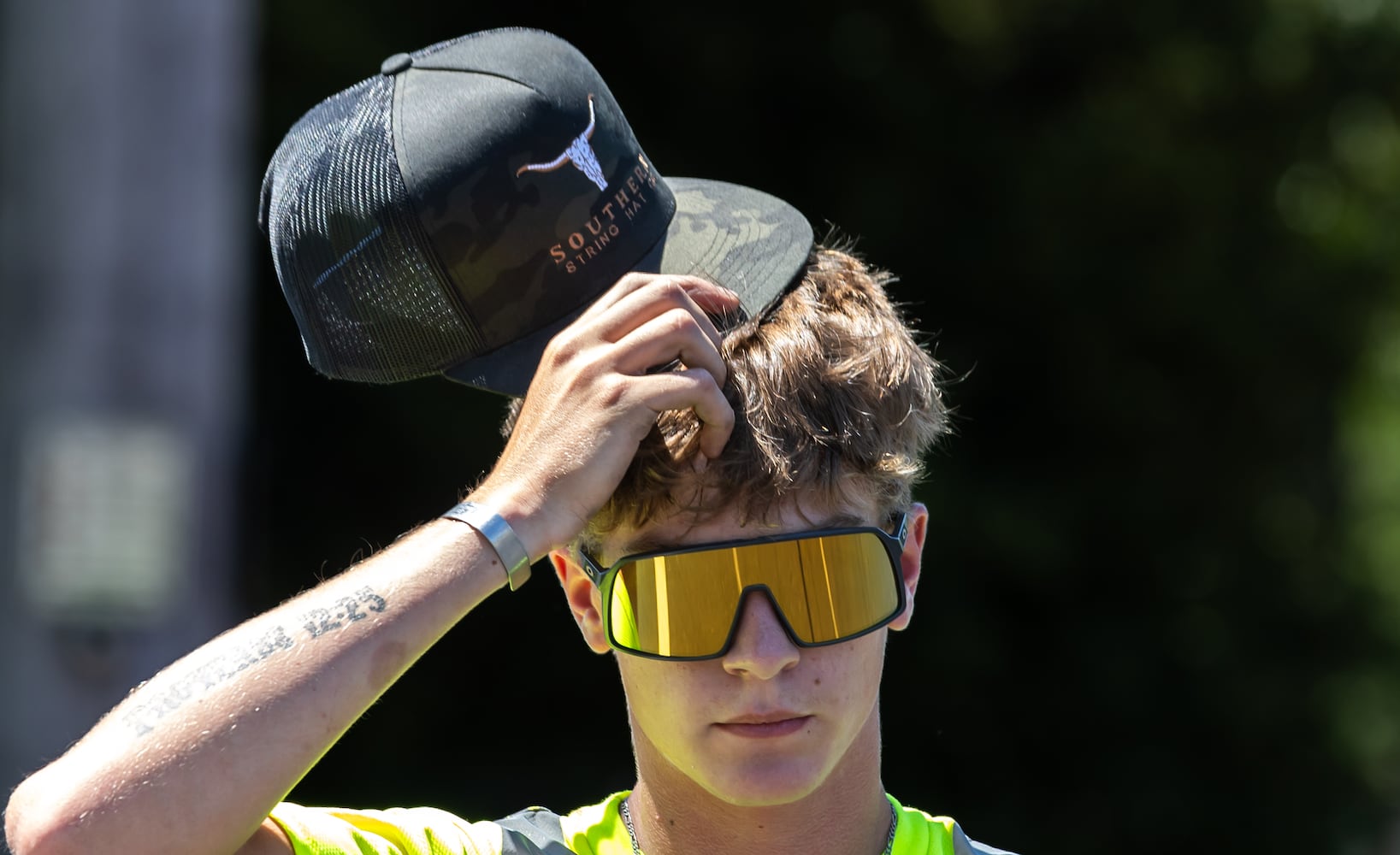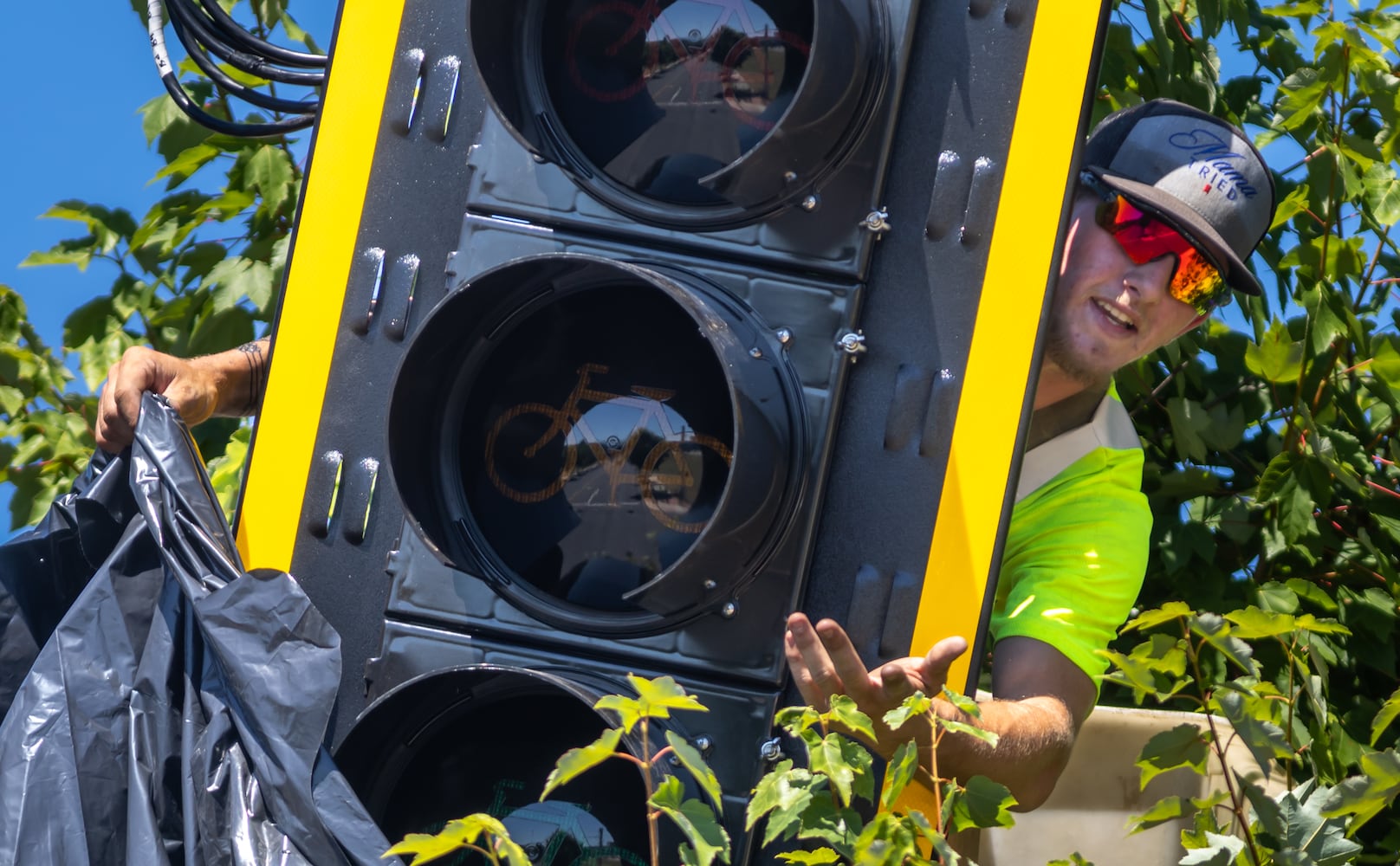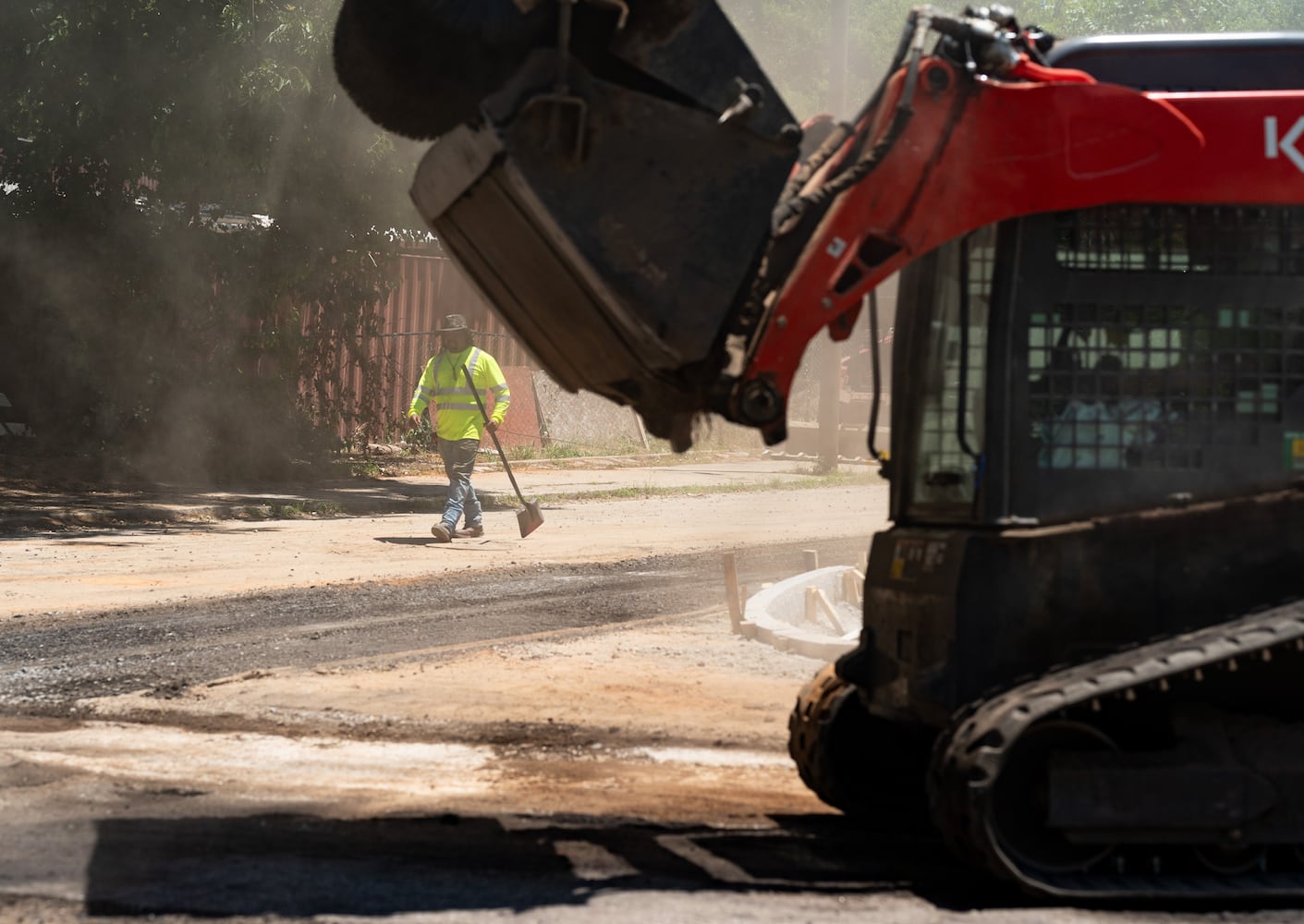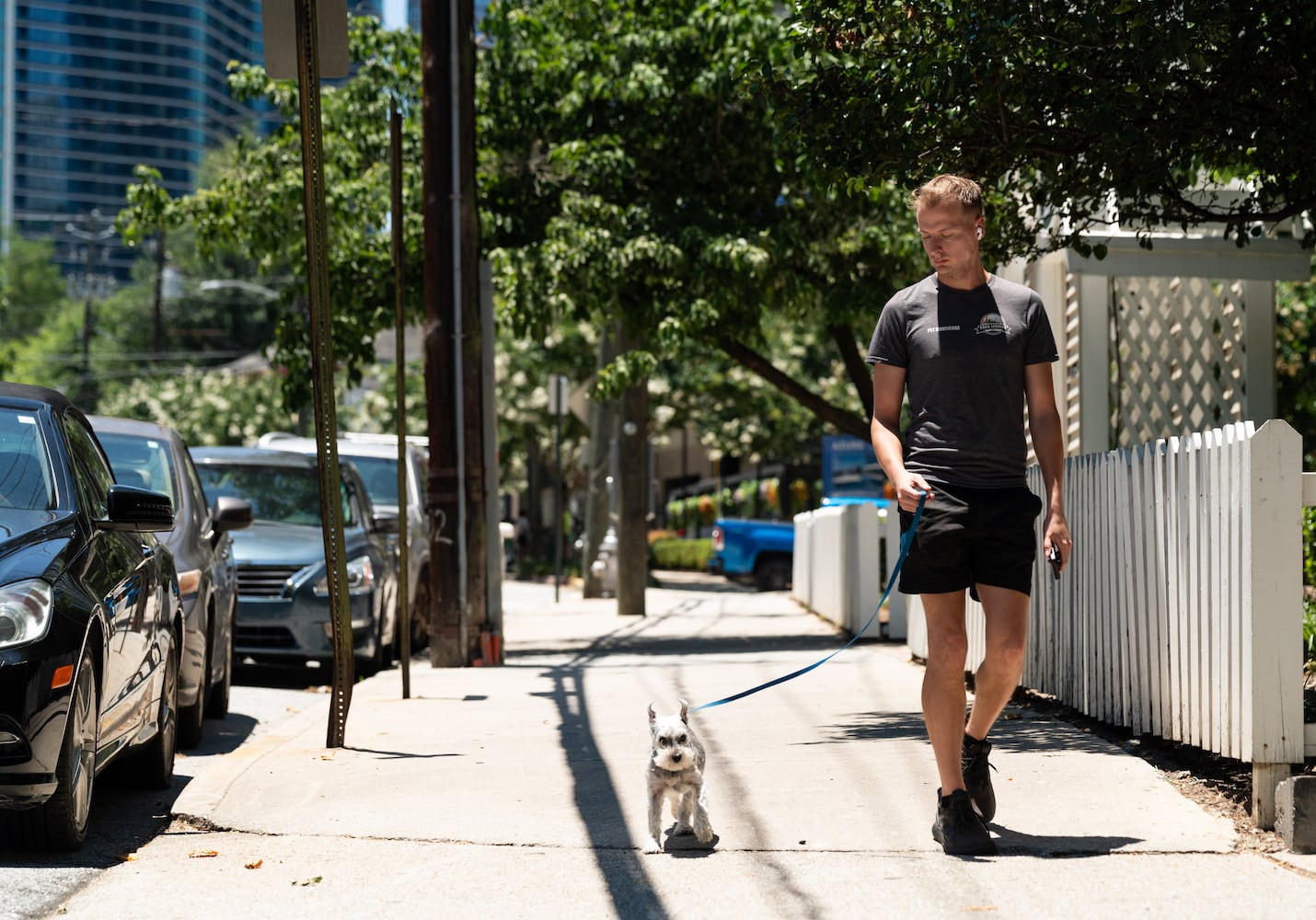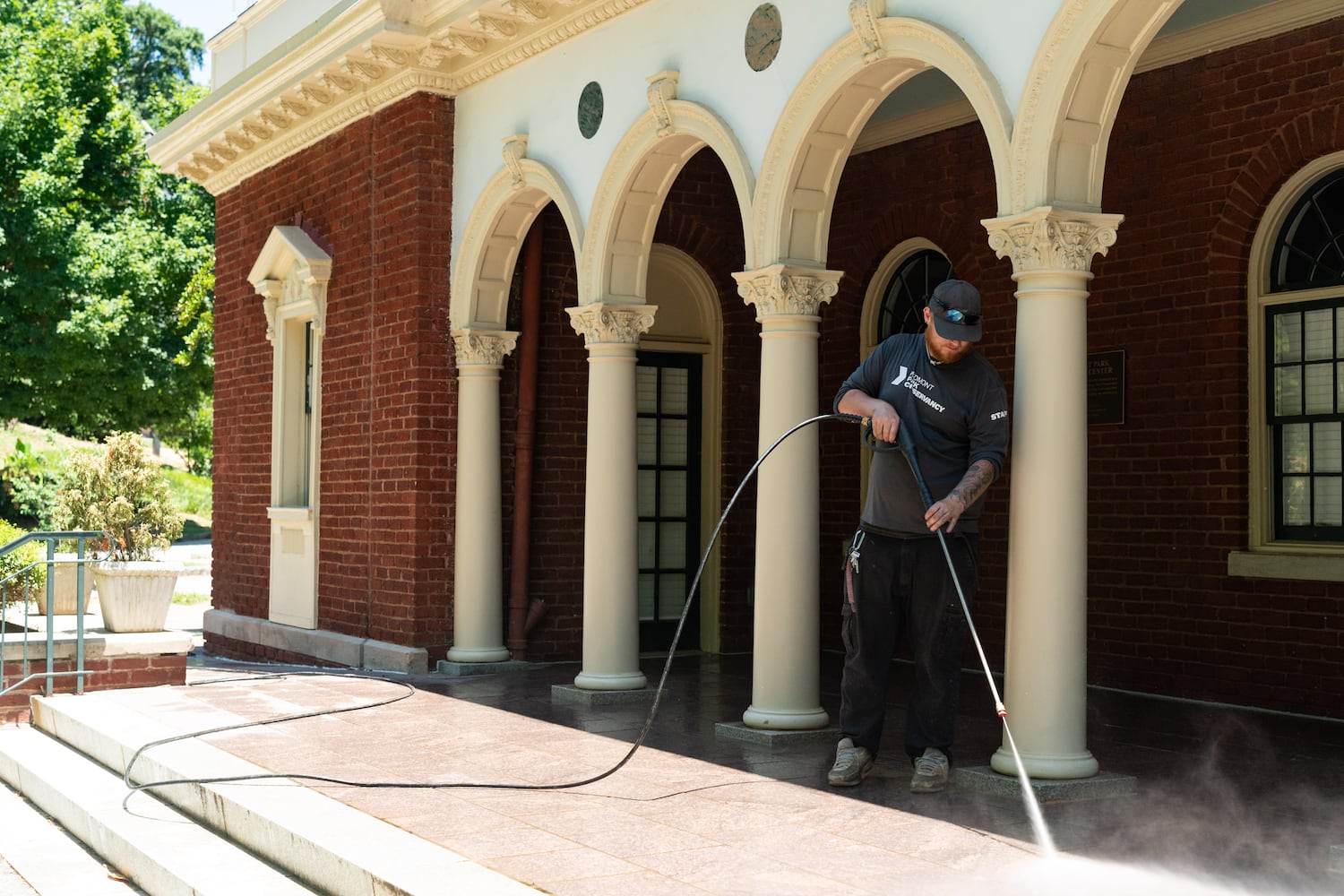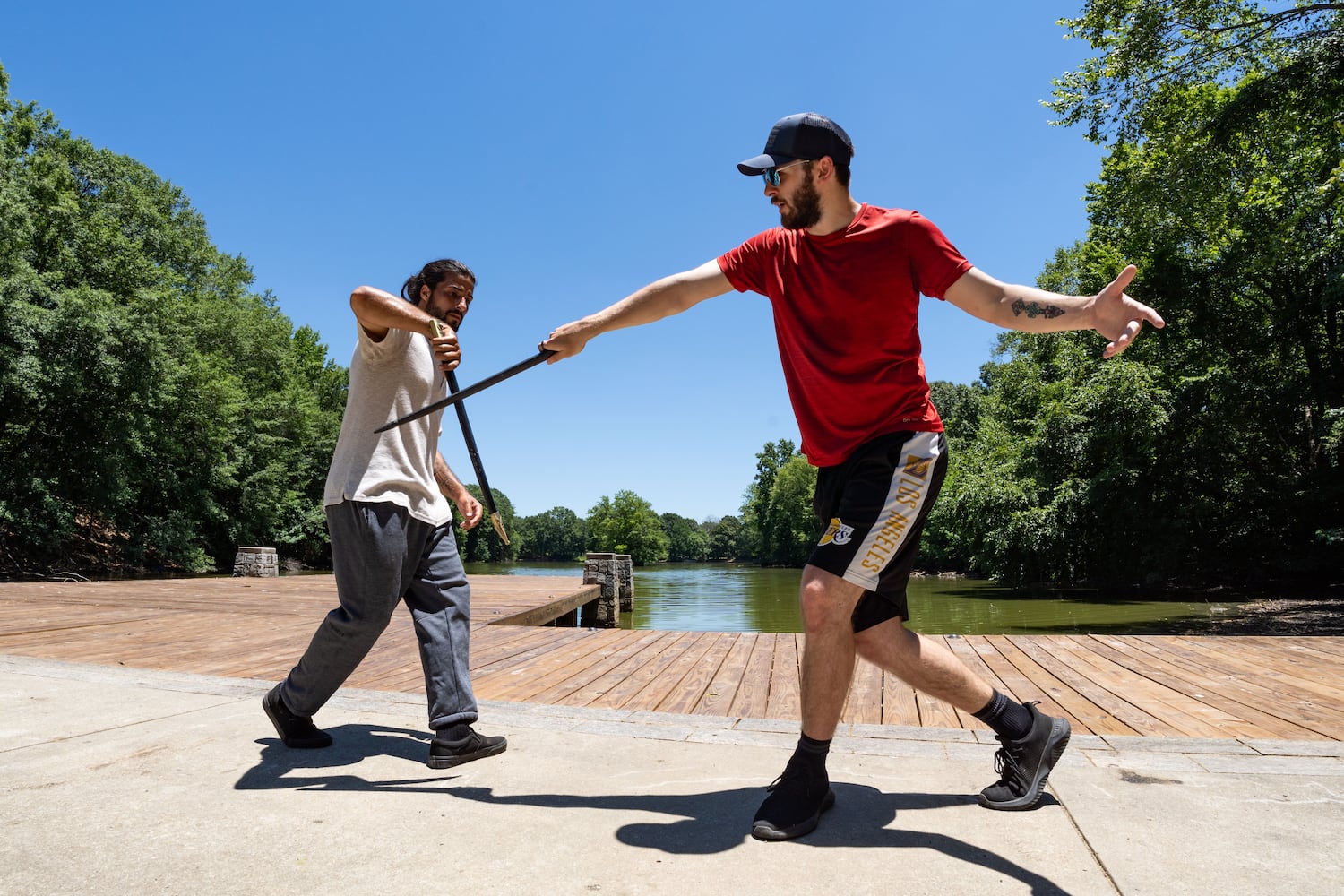As soaring summer temperatures engulf the Peach State in a dewy miasma, health experts say Georgia’s humidity can amplify the effects of heat, but some gradual exposure may make being outdoors more bearable.
Temperatures this June in Georgia have already been well above normal for this time of year, with daily highs averaging nearly 89 degrees this month, the AJC reported earlier. The National Weather Service reported Atlanta had the hottest June 22nd on record with 98 degrees recorded on Saturday.
While the rest of the nation enters a second week of record-breaking temperatures, metro Atlanta is predicted to again reach 98 degrees later this week. “If the National Weather Service is issuing an advisory, that means caution,” said Dr. Zachary Handlos, a professor at Georgia Tech’s School of Earth and Atmospheric Sciences (EAS).
Heat could continue to blanket Georgia in steamy temperatures through September, according to new projections by the National Oceanic and Atmospheric Administration (NOAA).
To stay safe, experts recommend that Atlantans take steps to minimize the risk of overheating, which can lead heat stroke. When heat stroke occurs, the body’s temperature can spike to 106°F or higher within 10 to 15 minutes. Heat stroke can cause permanent disability or death if the person does not receive emergency treatment, according to the CDC.
High humidity — a feature of Georgia summers — can also bring on heat illness and heat stroke more quickly.
“Our natural homeostasis way of cooling off as humans is via sweating,” Handlos said. “Water evaporates from the skin. We cool off because the heat is being transported from our bodies from the sweat. As the water evaporates, you feel cooler. But when the air is humid, it’s almost at its maximum capacity for containing humidity.”
The lower the humidity of the surrounding air, the better that natural cooling system can work. For those who have the option, Handlos said it’s best to exercise inside in air-conditioned spaces like gyms and fitness centers where humidity is lower.
It’s a recommendation shared by Dr. Nataisia Terry, senior associate in the Emergency Medicine Department of Emory University. “Try not to go outside during the peak heat hours,” Terry noted. “And wear light colored and breathable clothing.”
To keep the interior of homes cooler, Terry tells patients to avoid the use of kitchen ovens on hot days, and to keep shades drawn to reduce strain on air conditioning units.
Though 95% of homes in Georgia have air conditioning, according to the U.S. Environmental Protection Agency, running a dehumidifier can also help reduce indoor humidity in situations when AC is unavailable, or might be too costly to operate.
Terry said heatstroke patients whom she treats are most likely to be athletes or outdoor workers. For outdoor workers who must work in the searing heat, the U.S. National Institute for Occupational Safety and Health (NIOSH) says gradual exposure to humid, hot outdoor air can teach the body to better tolerate the stress.
The process, known as “acclimatization,” leads to increased sweating efficiency, more stable circulation, and the ability to work in the heat while keeping a lower core temperature and heart rate.
The U.S. government agency says that physically fit workers can acclimatize by gradually increasing their exposure time to outdoor heat over a 7- to14-day period. New workers will need more time to acclimatize than workers who have already had some exposure, NIOSH says. Workers can maintain their heat acclimatization even if they are away from the job for a few days, but absences from the heat for a week or more may lead to a loss in adaptation.
Though heat waves kill over 600 people in the U.S. each year, young children, people with chronic diseases such as asthma and heart disease, and the elderly are the most vulnerable, according to the CDC. Getting into an air-conditioned space is the best way to lessen the health effects of high temperatures, which can be cumulative over days of exposure.
Credit: Miguel Martinez
Credit: Miguel Martinez
Metro areas in the Southeast and Southwest such as Atlanta, Houston, and Phoenix, lead the nation in AC: some 95% of homes are at least partially cooled by central air, while less than 3% lack air conditioning, according to the U.S. Census Bureau’s American Housing Survey.
A study by the Brookings Institution called access to air conditioning an “urgent public health issue” globally. Summer heat waves in France, Germany, Spain and Britain led to more than 20,000 deaths in the summer of 2022, an Austrian study found.
Though the U.S. has much higher penetration of AC — nationally, about 70% of homes now have central AC, while about 10% of households have no air conditioning — Brookings said U.S. cities are scrambling to protect their residents and physical infrastructure from the dangers of extreme heat.
For those without AC, using fans while keeping windows closed to keep out humidity might provide some relief. But a study from the University of Ottawa suggests fans might not be as helpful as previously thought. While fans circulate air, they don’t work to lower core body temperature when it’s already hot. And for those at higher risk of heat stroke, including the elderly who may not sweat as much, fans are not as helpful as previously thought.
The CDC recommends fans only be used if the indoor temperature is 90 degrees or cooler. At higher temperatures, a fan can actually increase a body’s temperature.
And though it might seem like common sense, Handlos says hydration remains the cornerstone to staying safe in summer heat.
“When you feel like you’re getting used to the heat, what might be happening is you’re becoming dehydrated,” he said. “By the time you feel thirsty, you might already be rather dehydrated, and that could signal heatstroke.”
Athletes and those who exercise outdoors should make a point of shifting their workouts to the early morning to avoid the sun, heat and humidity that arrives by midday.
Aprille Moore of Black Girls Run! Atlanta, and her team members are training for the Peachtree Road Race with regular runs starting at 4:30 to 5 a.m. in order to take advantage of cooler temperatures. For races that take place at midday, she hydrates in the hours up to the run, and also covers any exposed skin with sunscreen before stepping outside.
“I try not to push my body past the breaking point,” said Moore, 41, of Decatur. “Heatstroke is real: I just ran the Boston Marathon, and many people there suffered from it.”
Track the heat risk for your ZIP code on the Centers for Disease Control and Prevention’s website.
For more about the effects and treatments for heat-related illnesses, see the CDC’s tips.
About the Author
Keep Reading
The Latest
Featured

